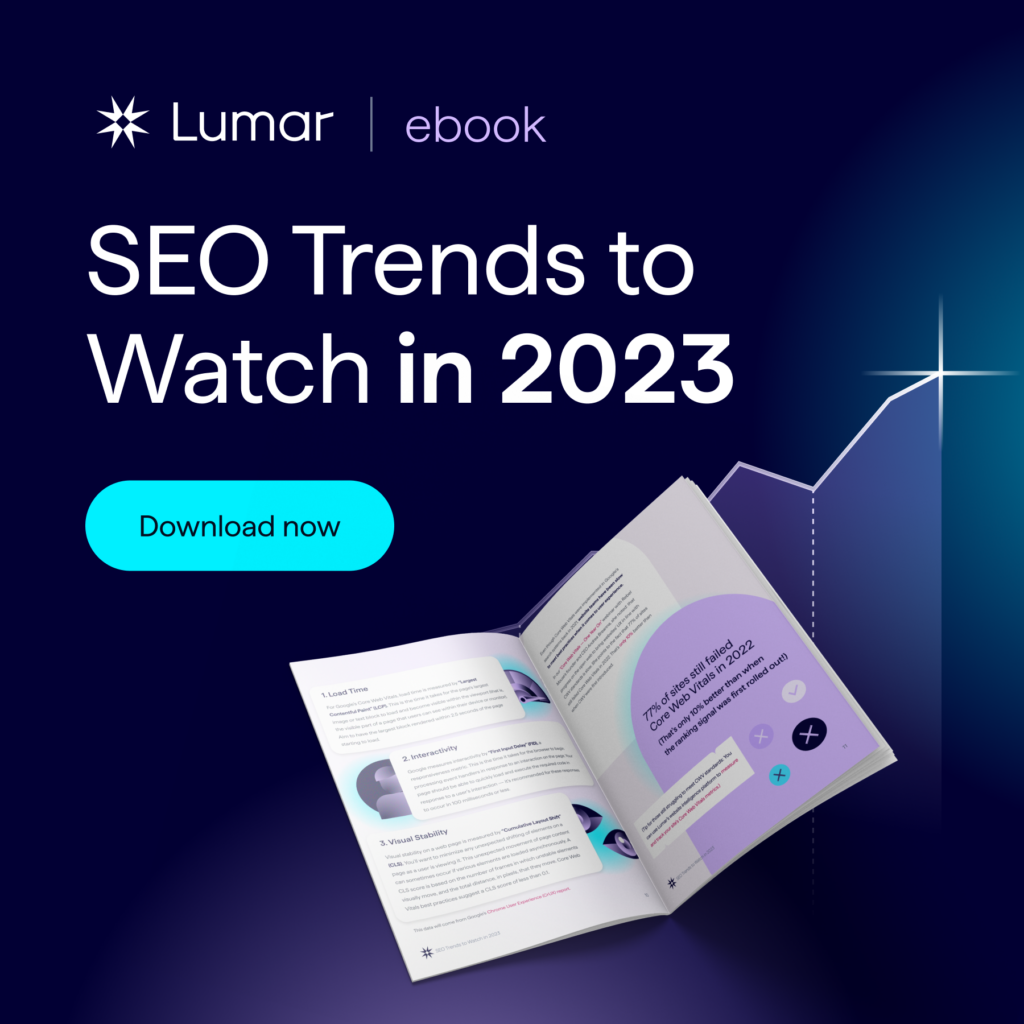Search engines like Google are constantly innovating and updating their algorithms and search ranking systems. Digital marketers and SEOs need to stay abreast of the latest developments in how search engines work if they want to sustain their success in organic search.
In late 2022, Google published a new guide to its search systems — and some new vocabulary to go with it! In the past, many search systems were known simply as “updates”. In the new guide, Google says it will be more precise with its wording to differentiate updates from full systems that are constantly running in the background — and will let the public know which systems updates apply to.
The latest documentation lists 19 unique ‘systems’ at play in Google Search
- BERT: BERT is an AI system used by Google to understand contextual meaning and the intent of word combinations. (Stands for “Bidirectional Encoder Representations from Transformers”.)
- Crisis information systems: These systems help provide timely information to users during times of crisis, including natural disasters, global and local crises, and personal crises.
- Deduplication systems: These systems help Google omit content from search results that is deemed too similar to other pages. (Also restricts content that appears as a Featured Snippet from being shown for a second time in the ‘main results’ for a query.)
- Exact match domain system: Helps ensure domain names that don’t include keywords directly in the domain can still rank well in organic search.
- Freshness systems: Helps identify queries that would benefit from newer content and more recently published articles and then display fresher content for these queries in the SERPs.
- Helpful content system: Helps Google identify and show more original, expert, and authoritative content to users while deprioritizing low-quality content in the search results.
- Link analysis systems and PageRank: Helps Google understand how pages link to each other across domains to better determine what pages are about and which might be most useful to users.
- Local news systems: Helps identify location-relevant news items to show in “Top Stories” and “Local News” features.
- MUM: Another AI system that helps Google understand language. MUM stands for “Multitask Unified Model”. It is not used for regular ranking in Search, but used in specific cases, such as improving results for COVID vaccine information and improving Featured Snippets.
- Neural matching: Yet another language-focused AI system that helps Google understand larger concepts in both queries and page content and match them.
- Original content systems: This helps Google prioritize original content and original research and reporting over pages that simply cite the original studies or content.
- Removal-based demotion systems: Both legal removals (for example, copyright violations) and exploitative personal information removals are tracked to help Google identify sites that frequently publish questionable content.
- Page experience system: This helps Google prioritize sites that offer better user experiences over those with poor user experiences. Core Web Vitals is part of the page experience system.
- Passage ranking system: Another AI system for language processing — it helps Google identify individual passages or sections of a page to understand its relevance to search queries.
- Product reviews system: Rewards high-quality product reviews and content that provides insightful analysis.
- RankBrain: Another language-focused AI system. Helps Google understand how words are related to larger concepts to return more relevant results.
- Reliable information systems: This ties in with the aforementioned E-A-T guidelines, in that these systems help Google prioritize pages that are authoritative and trustworthy. Also helps Google apply “content advisories” alongside content that relates to rapidly changing news stories or when the quality of the content is questionable.
- Site diversity system: Helps Google avoid showing more than two pages from the same site in the top results for a given query (so no single site dominates all of the top results).
- Spam detection systems: This helps Google avoid showing spammy content to its users in the SERPs by identifying content that violates their spam policies.
Retired Google search systems in 2023
They also note a number of retired search systems. The principles underlying these systems are generally still in play, but have been absorbed by the currently ‘active’ systems above:
- Hummingbird
- Mobile-friendly ranking system (now part of the page experience system)
- Page speed system (now part of the page experience system)
- Panda system (now part of the core ranking systems)
- Penguin system (now part of the core ranking systems)
- Secure sites system (now part of the page experience system)
| Note: Want to stay abreast of the latest happenings in search and digital marketing? The Lumar blog and webinar series are great resources for staying up-to-date with SEO industry news and best practices. |






